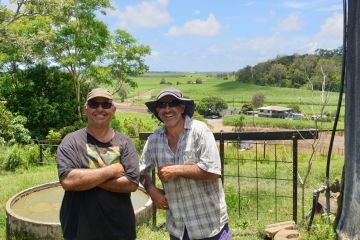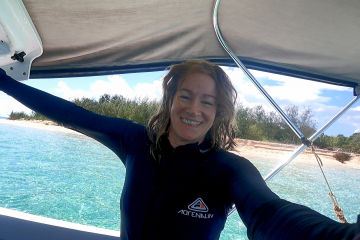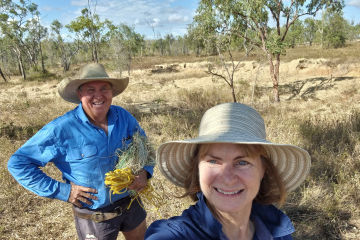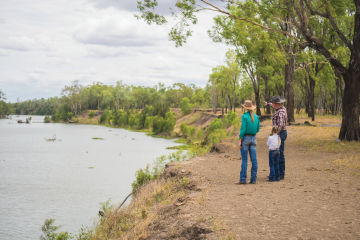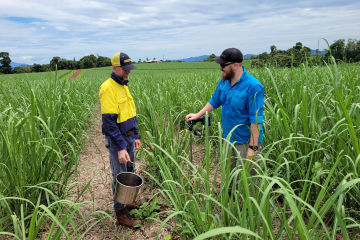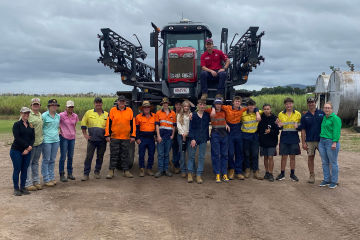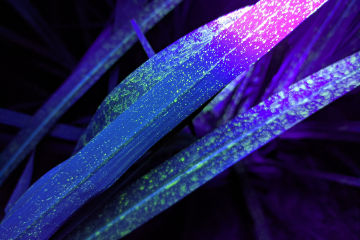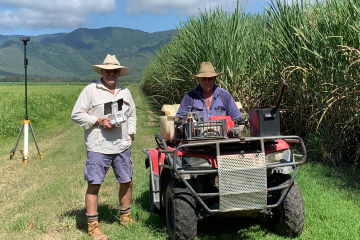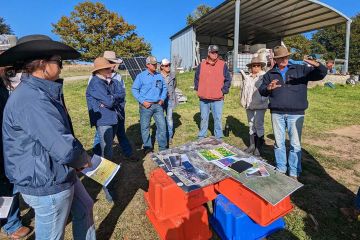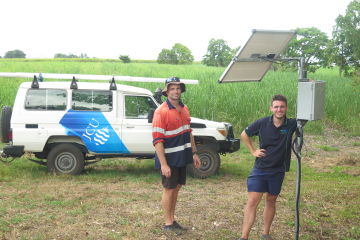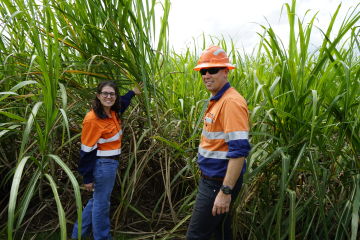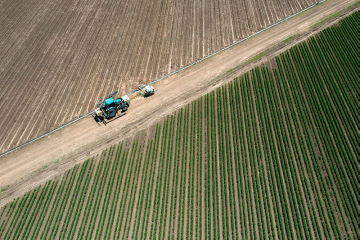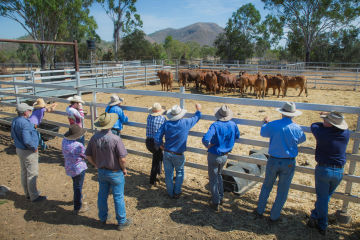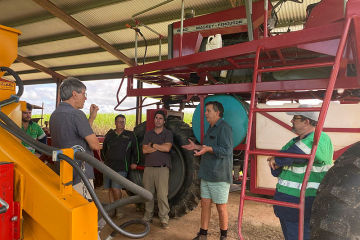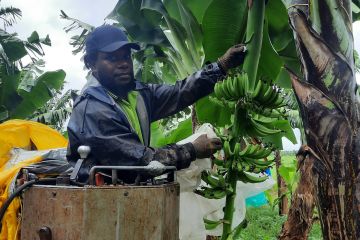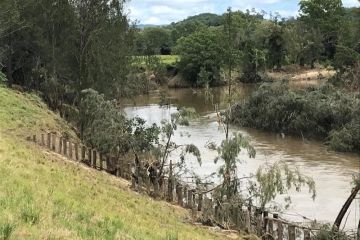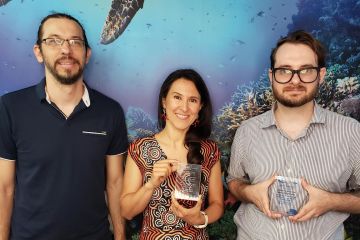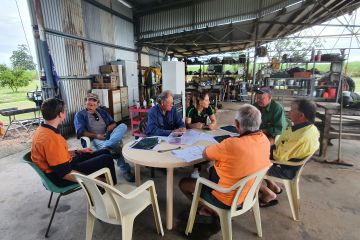
Regional Programs
A total of $138.1 million was committed to a series of regional water quality programs that directly reduce nitrogen, sediment and pesticide loads from priority Reef catchments. These programs focus on proven, on-ground measures for improving water quality, including through catchment restoration and improved land management practices.
#Priorities for investment
The priority catchments under the 10 regional programs, as well as the level of investment, were selected based on the priorities set out in the Reef 2050 Water Quality Improvement Plan, together with a detailed technical assessment prepared by Alluvium Consulting to determine where investments would have the greatest impact. More information on the prioritisation process is available below in the Alluvium 2019 Investment Pathways Report.
#End of Partnership targets
All projects were required to report progress to the Paddock to Reef integrated Monitoring, Modelling and Reporting Program. This provided transparency and accountability on how projects, and the programs as a whole, were performing during the implementation phase.
Reduction of 456 tonnes of dissolved inorganic nitrogen (DIN) entering the Reef
Reduction of 462 kilotonnes of fine sediments entering the Reef
Reduction of 250 kilograms of pesticides entering the Reef
#Regional Programs
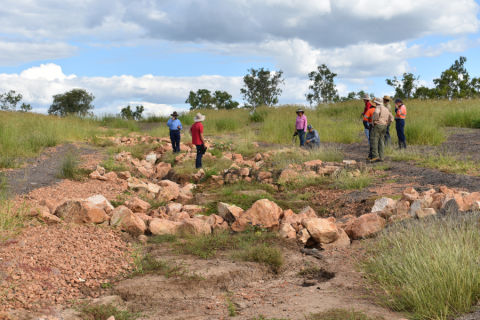
Bowen, Broken, Bogie Water Quality Program
Preventing 105 kilotonnes of fine sediment entering the Reef every year.
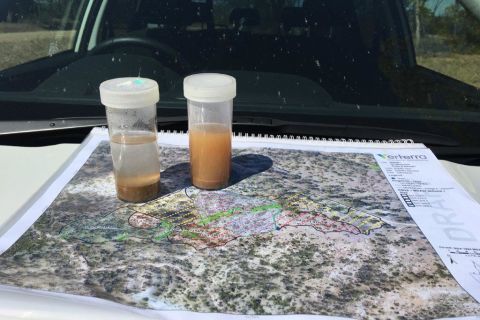
Fitzroy Water Quality Program
Preventing 56 kilotonnes of fine sediment from the Fitzroy River basin from entering the Reef’s waters every year.
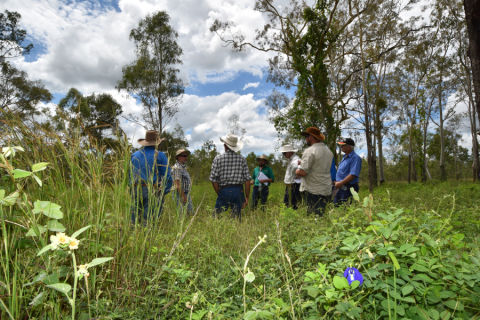
Upper and East Burdekin Water Quality Program
Preventing 64 kilotonnes of fine sediment from entering the Reef's waters each year
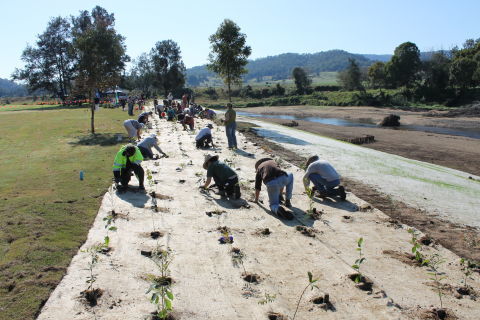
Mary River Water Quality Program
Preventing 26 kilotonnes of fine sediment from the Mary River from entering the Reef per year.

Upper Herbert Water Quality Program
Preventing 3.7 kilotonnes of fine sediments entering the Reef's waters each year

Tully Johnstone Regional Water Quality Program
Preventing 52.2 tonnes of DIN from entering the Reef’s waters every year.

Lower Herbert Water Quality Program
Preventing 143 tonnes of dissolved inorganic nitrogen from entering the Reef each year.

Mulgrave-Russell Regional Water Quality Program
Progressing towards the prevention of 72 tonnes of DIN from entering the Reef’s waters every year.
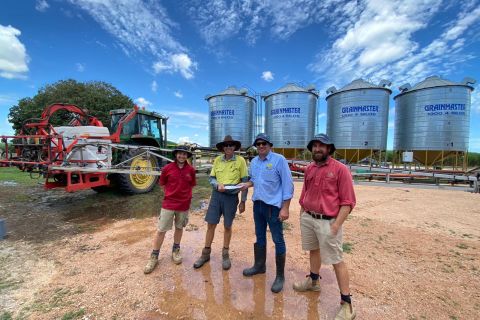
Lower Burdekin Water Quality Program
Preventing 49 tonnes of dissolved inorganic nitrogen and 1.6 million Risk Units of pesticides from entering the Reef's waters every year

Mackay-Whitsunday Water Quality Program
Preventing 28 tonnes of dissolved inorganic nitrogen and more than 6 million Risk Units of pesticide from entering the Reef’s waters every year.
#News
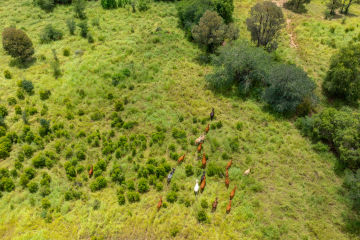
Project News ·
Graziers contribute to preserving the Great Barrier Reef
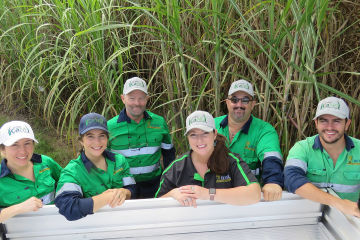
Project News ·
Agronomic skills boosted in North Queensland

Project News ·
Landscape restoration stops significant sediment losses
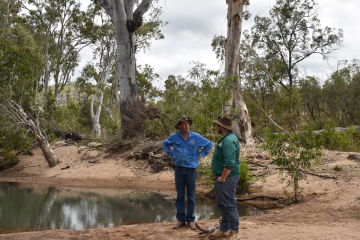
Project News ·
Putting plans into action for sustainability
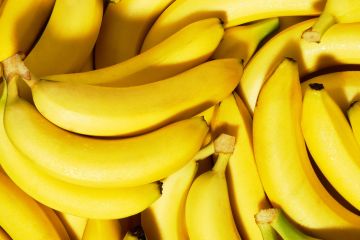
Project News ·
Precision agriculture in bananas a reality

Project News ·
Wet Tropics farmers improve local water quality

Project News ·
Improved Grazing Management in the Burdekin

Project News ·
Celebrating grazing land management successes in the Fitzroy
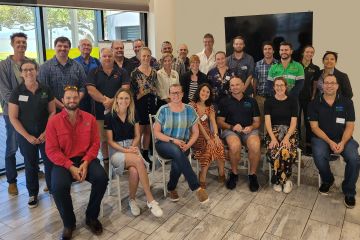
Project News ·
Supporting water quality monitoring for sugar cane farming

Project News ·
Stepping up for a farming future

Project News ·
Affordable technology for Precision Agriculture
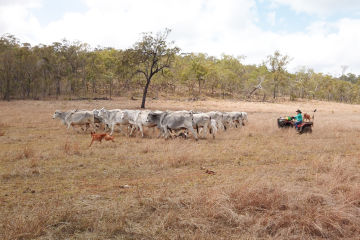
Project News ·
Preventing erosion in the Herbert

Project News ·
Sharing costs to improve farming practices
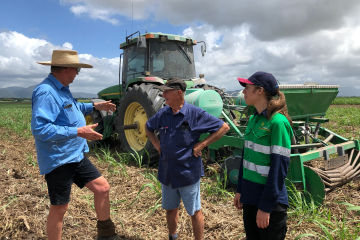
Project News ·
Positive relationships lead to improved water quality
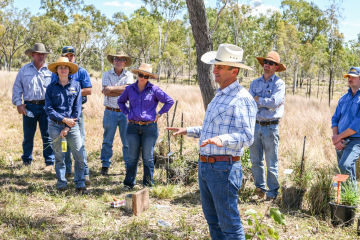
Project News ·
Working with nature to restore degraded landscapes
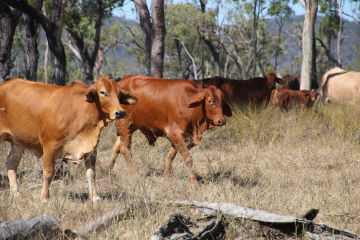
Project News ·
Livestock management for improved land condition
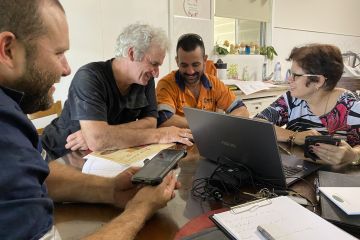
Project News ·
Practice change in action
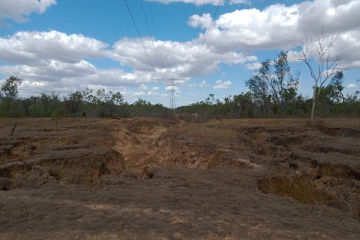
Project News ·
Fixing a problem 50 years in the making
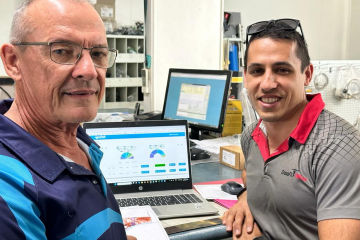
Project News ·
Data-driven decision making saves time
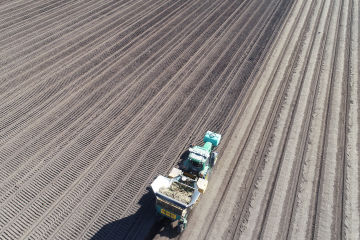
Project News ·
Soil health is no small potatoes
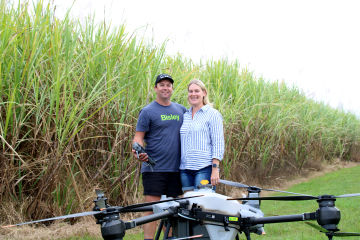
Project News ·
Aerial drone reduces fertiliser losses from farm
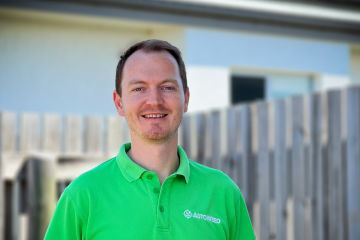
People of the Reef ·
Alex Olsen: ‘Robots offer win-win solutions for farmers and the Reef’
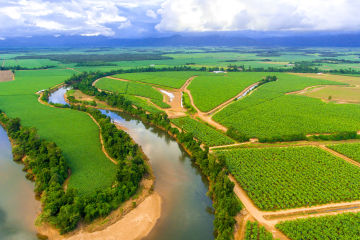
Media Release ·





